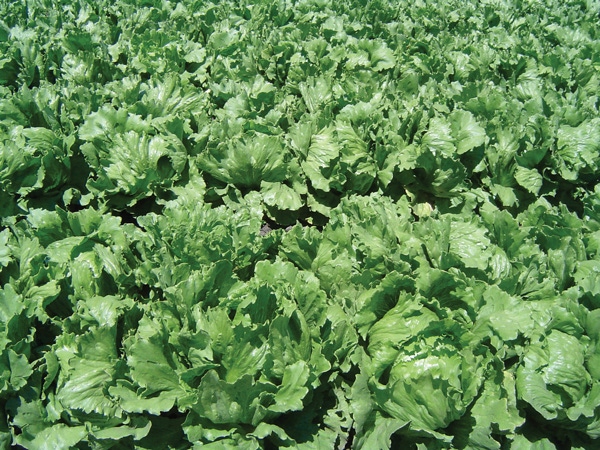
To give consumers more information about the safety of fruits and vegetables, a new report titled "Perspective on Pesticide Residues in Fruits and Vegetables" has been issued to provide a toxicological analysis of pesticide residues on produce.An expert panel found that "dirty" lists of fruits and vegetables are misleading to consumers, a detriment to public health because they discourage consumption, and lack scientific evidence that the pesticide levels found on fruits and vegetables pose any risk.
November 11, 2010

When it comes to food safety, consumers often get mixed messages. While leading health experts, government agencies and the first lady are hard at work encouraging consumers to eat more fruits and vegetables to reduce obesity and fight disease, others publish lists of "dirty" produce items with alarming statistics and cautions to consumers about eating safe and wholesome fruits and vegetables.
To give consumers more information about the safety of fruits and vegetables, a new report titled "Perspective on Pesticide Residues in Fruits and Vegetables" has been issued to provide a toxicological analysis of pesticide residues on produce. The report is being released by the Alliance for Food and Farming, a non-profit organization which represents both organic and conventional farmers.
This new report allows consumers to calculate just how much of their favorite foods could be consumed in a day without any health effects from pesticide residues. The tool allows users to select a consumer (man, woman, teen or child) and then to choose a favorite fruit or vegetable. The tool then calculates the number of servings that consumer could eat in a day and still not see any effect from residues. The calculations show a consumer would have to eat hundreds to thousands of servings - whether they are an adult or a child.
The new toxicological report was developed using information from the United States Department of Agriculture's (USDA) Pesticide Data Program. The USDA's monitoring data was analyzed by Dr. Robert Krieger, a toxicologist who heads the Personal Chemical Exposure Program at University of California, Riverside. It should be noted that Dr. Krieger analyzed the highest residue levels found by USDA from the period between 2000 and 2008.
In the report, Dr. Krieger states, "Safety evaluation studies are guided by the fundamental tenet of toxicology that there is dose level for any chemical that will not produce a response." He concludes, "The pesticide exposures that result from consumption of hundreds to thousands of servings of produce with the very highest residues measured represent 'no effect levels' of exposure."
"Of course we know a child couldn't consume 154 servings of apples in a day, but by providing more science and perspective on the safety of produce, we are hoping to give consumers more information to help them when making purchasing decisions in the produce aisle," said Marilyn Dolan, executive director of the Alliance for Food and Farming. "And, we are also hoping to halt the trend recently reported by the U.S. Centers for Disease Control about the continuing decline in consumption of fruits and vegetables in America by reassuring consumers about the safety of both organic and conventionally grown fresh produce."
A full copy of Dr. Krieger's report can be viewed and downloaded at www.safefruitsandveggies.com under the heading "Should I Be Worried About Pesticide Residues?" A report further examining this concept is currently being reviewed for consideration for publication in a scientific journal.
This is the second scientific report released by the Alliance regarding the safety of fruits and vegetables. In July, the Alliance released an analysis of the "dirty" lists that are often cited in media reports. This analysis was conducted by a panel of scientists comprised of toxicologists, risk assessors and nutritionists from across the country. This expert panel found that these "dirty" lists are misleading to consumers, a detriment to public health because they discourage consumption, and lack scientific evidence that the pesticide levels found on fruits and vegetables pose any risk. You can review the full report at www.safefruitsandveggies.com. This report has also been submitted for peer review.
"There is vast and overwhelming scientific evidence which shows the health benefits of eating a diet rich in fruits and vegetables," said Dr. Carl Keen, professor of nutrition and internal medicine at University of California, Davis and a member of the expert panel. "Just about everyone agrees that consumers should be eating more fruits and vegetables for good health. Even some of the groups who publish these so-called "dirty" lists tell consumers that the benefits of a diet rich in fruits and vegetables outweigh any small risks from pesticide residues. So please enjoy the abundance of choices and eat more fruits and vegetables."
The interactive calculator tool found at www.safefruitsandveggies.com/calculator automatically converts to mobile devices for consumers who wish to use the calculator while on the go.
You May Also Like



